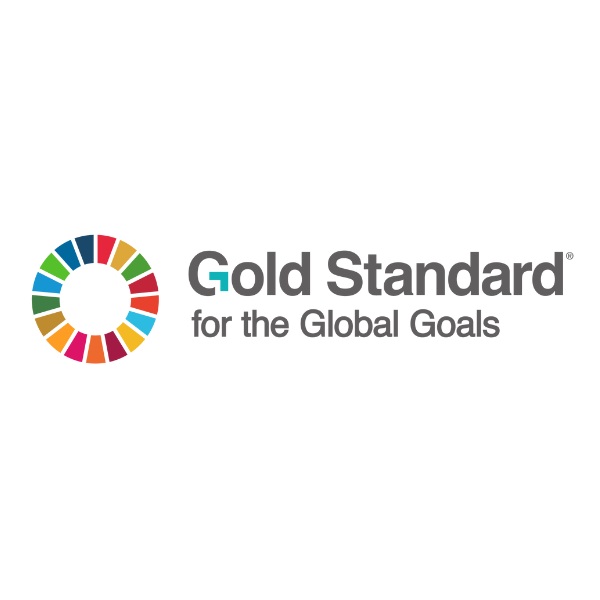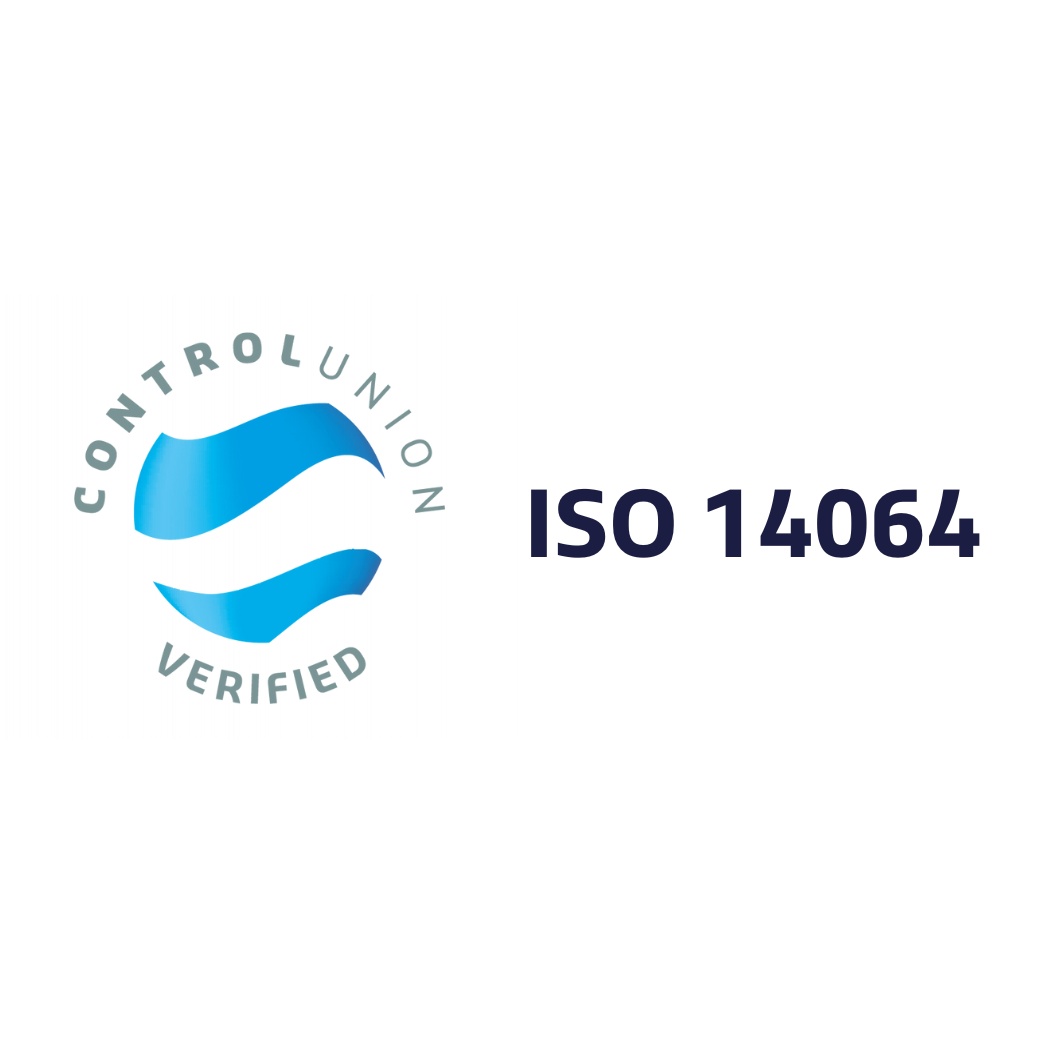Validation and verification of emissions projects – Programs, goals & added value for organizations

Spotlight on businesses in the push to cut emissions
EU Climate Target 2050
Since February 2024, the European Commission has firmly set its sights on the 2040 climate target: a 90% reduction in net greenhouse gas emissions compared to 1990 levels. This target is part of the long-term strategy to achieve climate neutrality by 2050 and is to be reached through cross-sectoral measures in industry, energy, transport, agriculture, and land use.1
For businesses, this means growing responsibility to implement emissions reductions and to document them transparently and traceably. Validation and verification of emission savings by independent third parties are key instruments recognized by the EU to ensure the credibility of climate protection projects.
Comparing the standards
| Attribute | Gold Standard | VCS (Verra) | ISO 14064-2 |
| Focus | CO₂ reduction + SDG impact | CO₂ reduction | GHG accounting & projects |
| Methodologies | Strictly monitored | Very broad, open to a variety of methodologies | Flexible, Standard-based |
| Scope of application | Voluntary market | Voluntary market | voluntary & regulated |
| Target group | NGOs, project developers | Project developers, investors | businesses, organizations |
| Certificates tradeable | Yes | Yes | Yes |
Goals & added values
The implementation of recognized validation and verification standards offers companies far more than just technical proof.
- Credibility and trust from stakeholders
Independent verification of emissions reductions boosts companies’ credibility in the eyes of investors, customers, supervisory authorities and the public. This is particularly relevant in the context of growing requirements for ESG transparency and sustainability reporting. - Access to markets and financing
Verified projects can generate CO₂ certificates that are traded on the voluntary market. This opens up new sources of income and improves capital procurement – for example through green bonds or climate-related funding programs. EU funding programs such as the LIFE program also support validated climate protection projects.⁵ - Risk minimization and compliance
The adoption of structured standards reduces the risk of greenwashing accusations and increases legal certainty. ISO 14064 can also be integrated into existing management systems and supports compliance with regulatory requirements, for example as part of the EU taxonomy.⁶ - Internal management and efficiency
The systematic recording and verification of emissions data creates a reliable database for internal company management processes. - Positioning in the competitive environment
Companies that document their climate protection measures transparently and comprehensibly can improve their market position – especially in sectors with high reputational pressure or in tenders with sustainability criteria.

Conclusion
Validation and verification are key components of a credible climate strategy. They enable companies to document emission reductions in a traceable manner, meet regulatory requirements and build trust with stakeholders. The choice of the appropriate standard depends on the type of project, the target market and the strategic goals of the organization.
Sources:
¹ EU Climate target 2040: https://climate.ec.europa.eu/eu-action/climate-strategies-targets/2040-climate-target_en
² UNFCCC/CDM – EU climate policy reference: https://unfccc.int/process-and-meetings/the-kyoto-protocol/mechanisms-under-the-kyoto-protocol/the-clean-development-mechanism
³ EU Climate Action – voluntary market mechanisms: https://climate.ec.europa.eu/eu-action/carbon-markets_en
⁴ EU Monitoring Mechanism Regulation (MMR): https://climate.ec.europa.eu/eu-action/effort-sharing-member-states-emission-targets/monitoring-and-reporting_en
⁵ EU LIFE Programme: https://cinea.ec.europa.eu/programmes/life_en
⁶ EU-Taxonomy: https://eur-lex.europa.eu/legal-content/EN/TXT/?uri=CELEX%3A32020R0852
Overview of our strengths
Companies that decide to work with Control Union benefit from a reliable validation and verification body that accompanies them on their way to credible climate protection and long-term sustainability.



